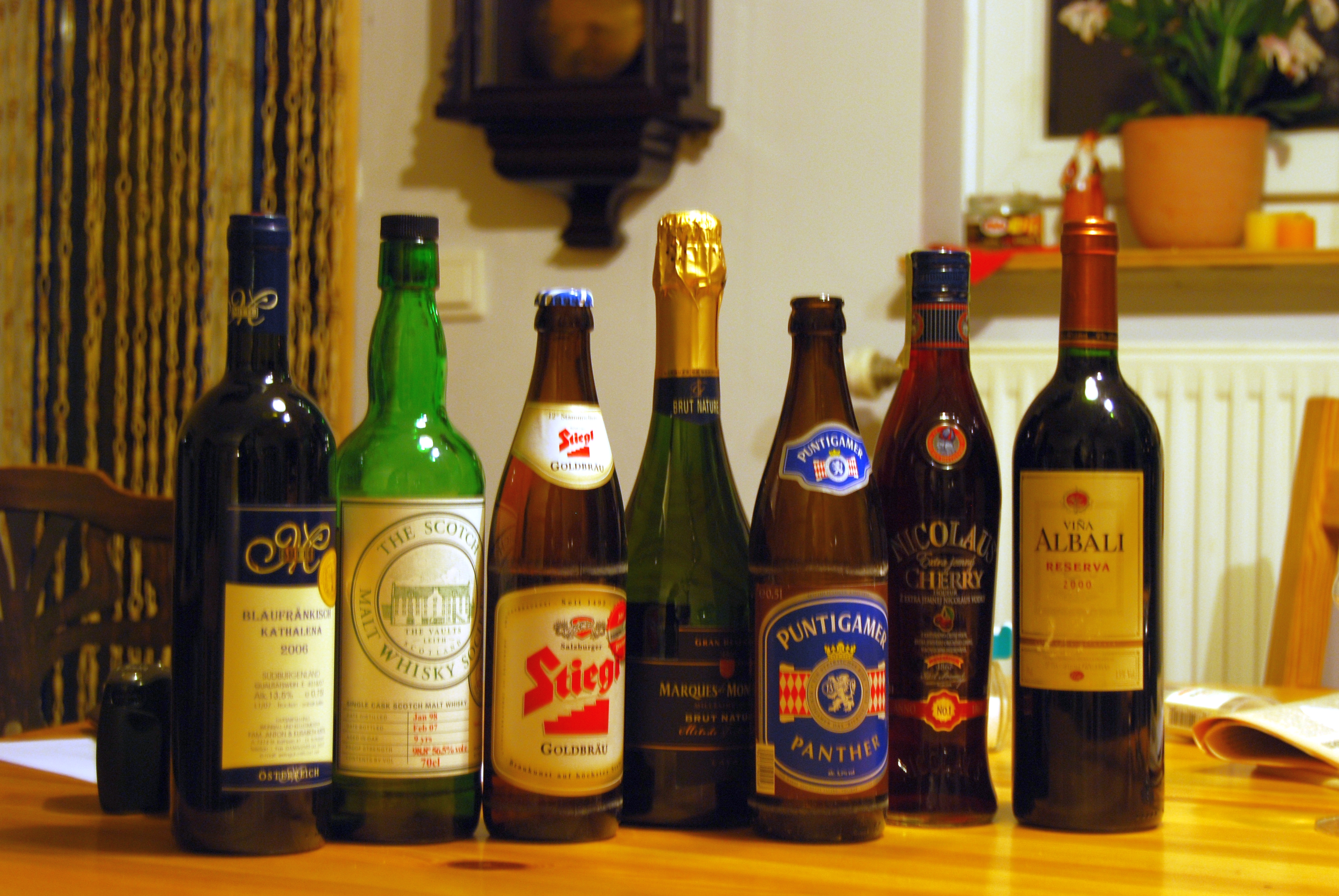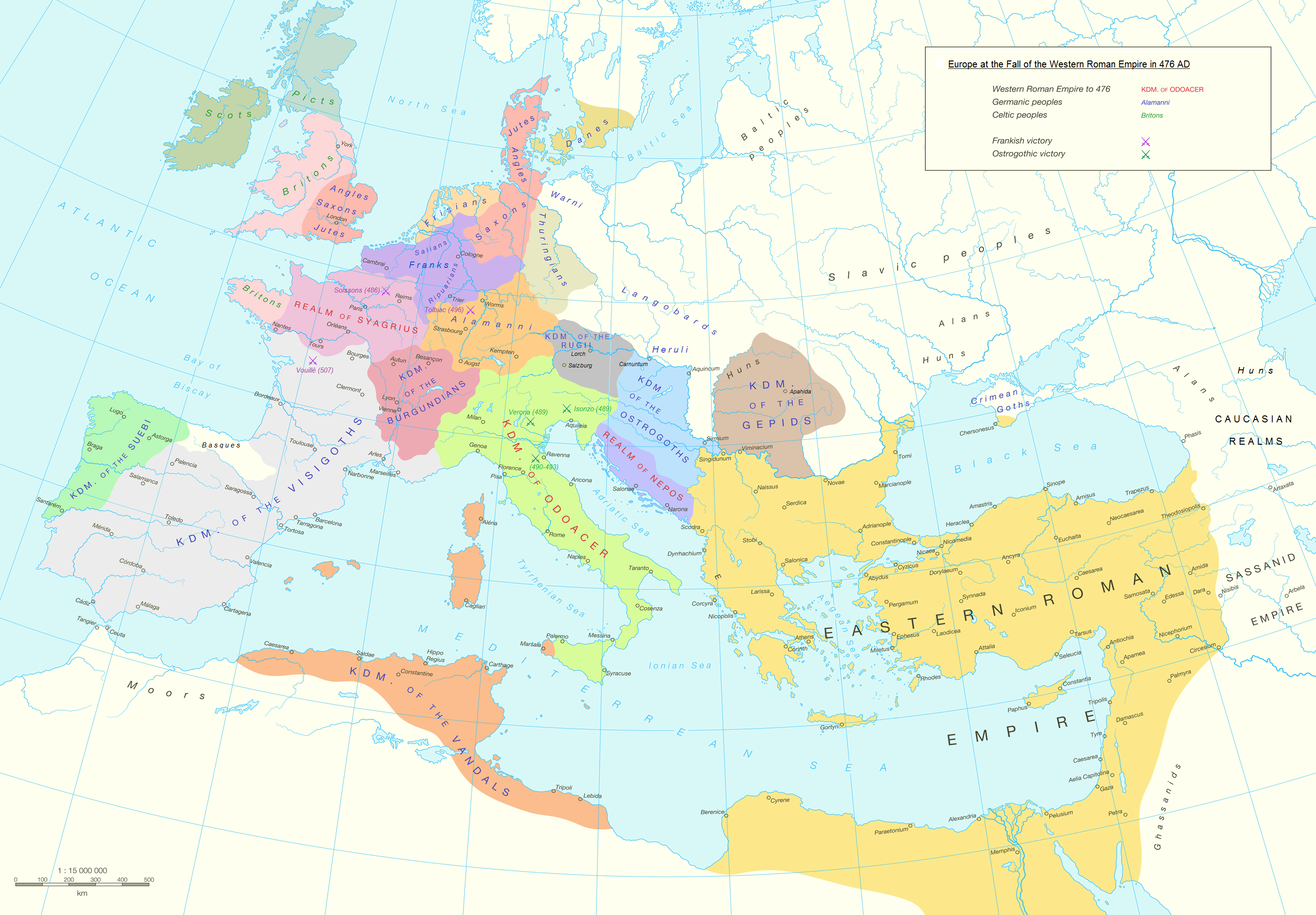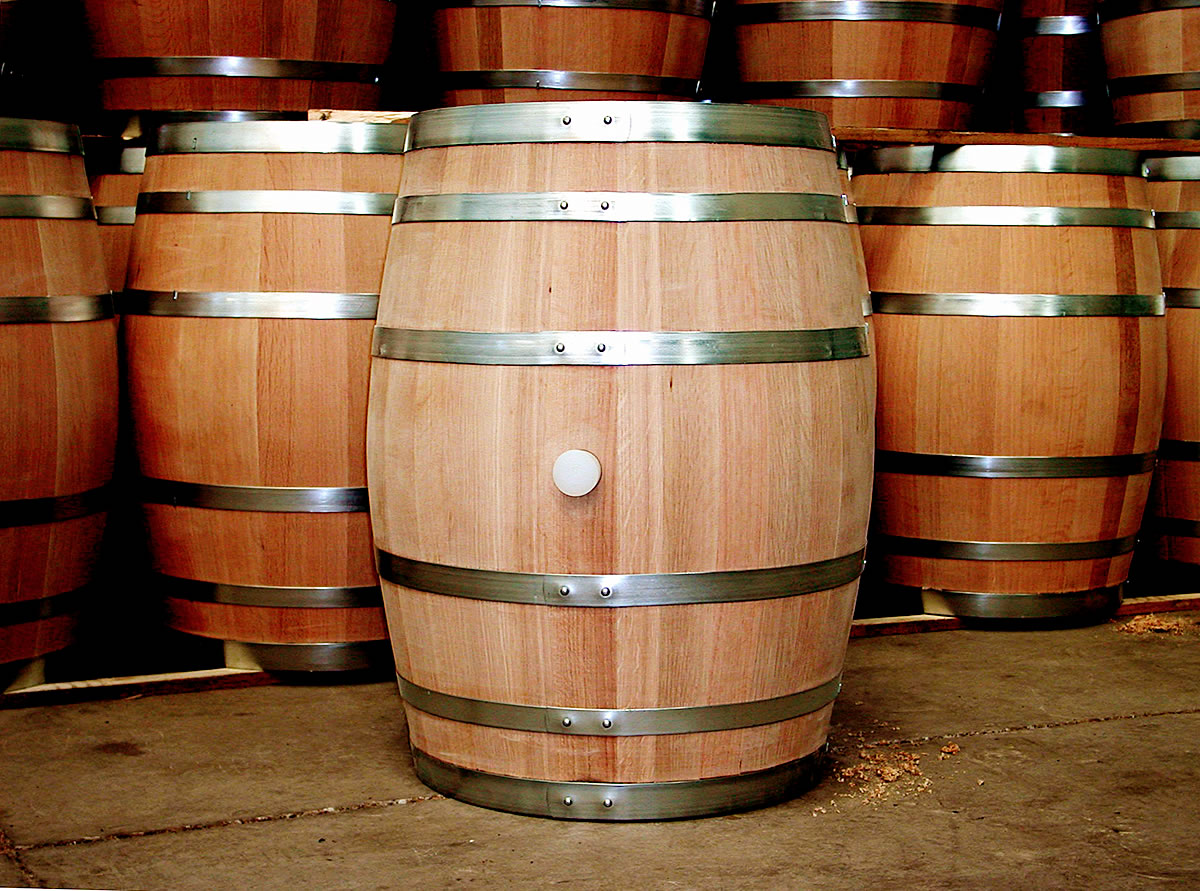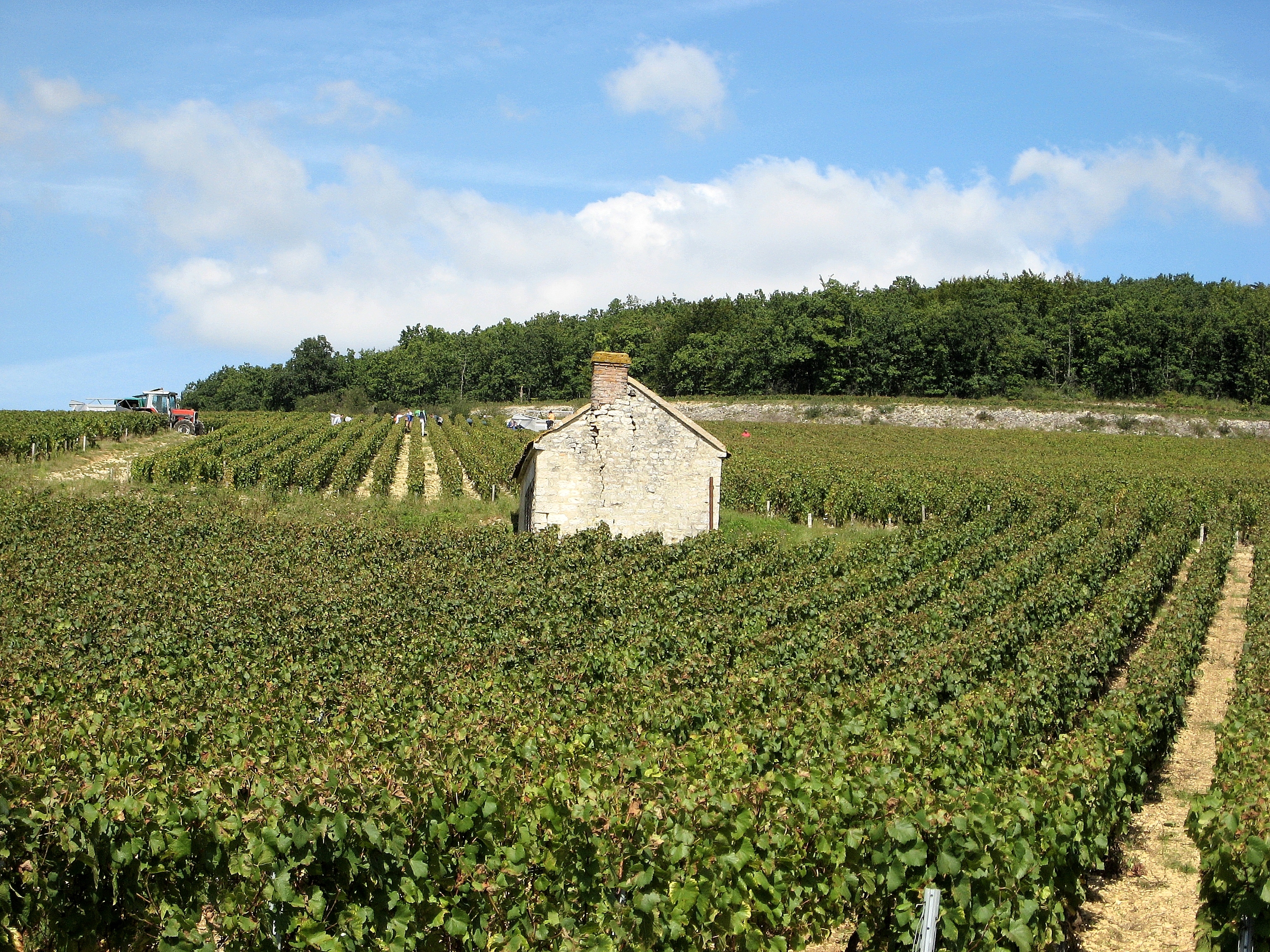|
Cauim
Cauim is a traditional alcoholic beverage or beer of the indigenous peoples in Brazil since pre-Columbian times. It is still made today in remote areas throughout Panama and South America. Cauim is made by fermenting manioc (a large starchy root), or maize, sometimes flavored with fruit juices. The Kuna Indians of Panama use plantains. In Spanish it is called "Chicha de Yuca" or in some places (like Peru) "Masato". The best term in English may be "Manioc Beer". In Kichwa, "Lumu Asua". In Shuar, "Nijiamanch". In Paicoca, "Co'no". A characteristic feature of the beverage is that the starting material is cooked, chewed, and fermented, so that enzymes (including amylase) present in human saliva can break down the starch into fermentable sugars. (This principle was originally used also for Japanese sake.)Naomichi Ishige, ''The History and Culture of Japanese Food'' (London: Kegan Paul, 2001) pp. 33-34 Preparation and customs Historical use among the Tupinambá The following desc ... [...More Info...] [...Related Items...] OR: [Wikipedia] [Google] [Baidu] |
Beer
Beer is one of the oldest and the most widely consumed type of alcoholic drink in the world, and the third most popular drink overall after water and tea. It is produced by the brewing and fermentation of starches, mainly derived from cereal grains—most commonly from malted barley, though wheat, maize (corn), rice, and oats are also used. During the brewing process, fermentation of the starch sugars in the wort produces ethanol and carbonation in the resulting beer.Barth, Roger. ''The Chemistry of Beer: The Science in the Suds'', Wiley 2013: . Most modern beer is brewed with hops, which add bitterness and other flavours and act as a natural preservative and stabilizing agent. Other flavouring agents such as gruit, herbs, or fruits may be included or used instead of hops. In commercial brewing, the natural carbonation effect is often removed during processing and replaced with forced carbonation. Some of humanity's earliest known writings refer to the productio ... [...More Info...] [...Related Items...] OR: [Wikipedia] [Google] [Baidu] |
Chicha
''Chicha'' is a fermented (alcoholic) or non-fermented beverage of Latin America, emerging from the Andes and Amazonia regions. In both the pre- and post- Spanish conquest periods, corn beer ('' chicha de jora'') made from a variety of maize landraces has been the most common form of ''chicha''. However, ''chicha'' is also made from a variety of other cultigens and wild plants, including, among others, quinoa (''Chenopodium quinia''), kañiwa (''Chenopodium pallidicaule''), peanut, manioc (also called yuca or cassava), palm fruit, rice, potato, oca (''Oxalis tuberosa''), and chañar (''Geoffroea decorticans''). There are many regional variations of ''chicha''. In the Inca Empire, ''chicha'' had ceremonial and ritual uses. Etymology and related phrases The exact origin of the word ''chicha'' is debated. One belief is that the word ''chicha'' is of Taino origin and became a generic term used by the Spanish to define any and all fermented beverages brewed by indigenous pe ... [...More Info...] [...Related Items...] OR: [Wikipedia] [Google] [Baidu] |
Alcoholic Beverage
An alcoholic beverage (also called an alcoholic drink, adult beverage, or a drink) is a drink that contains ethanol, a type of alcohol that acts as a drug and is produced by fermentation of grains, fruits, or other sources of sugar. The consumption of alcoholic drinks, often referred to as "drinking", plays an important social role in many cultures. Most countries have laws regulating the production, sale, and consumption of alcoholic beverages. Regulations may require the labeling of the percentage alcohol content (as ABV or proof) and the use of a warning label. Some countries ban such activities entirely, but alcoholic drinks are legal in most parts of the world. The global alcoholic drink industry exceeded $1 trillion in 2018. Alcohol is a depressant, which in low doses causes euphoria, reduces anxiety, and increases sociability. In higher doses, it causes drunkenness, stupor, unconsciousness, or death. Long-term use can lead to an alcohol use disorder, an in ... [...More Info...] [...Related Items...] OR: [Wikipedia] [Google] [Baidu] |
France
France (), officially the French Republic ( ), is a country primarily located in Western Europe. It also comprises of overseas regions and territories in the Americas and the Atlantic, Pacific and Indian Oceans. Its metropolitan area extends from the Rhine to the Atlantic Ocean and from the Mediterranean Sea to the English Channel and the North Sea; overseas territories include French Guiana in South America, Saint Pierre and Miquelon in the North Atlantic, the French West Indies, and many islands in Oceania and the Indian Ocean. Due to its several coastal territories, France has the largest exclusive economic zone in the world. France borders Belgium, Luxembourg, Germany, Switzerland, Monaco, Italy, Andorra, and Spain in continental Europe, as well as the Netherlands, Suriname, and Brazil in the Americas via its overseas territories in French Guiana and Saint Martin. Its eighteen integral regions (five of which are overseas) span a combined area of ... [...More Info...] [...Related Items...] OR: [Wikipedia] [Google] [Baidu] |
Swiss People
The Swiss people (german: die Schweizer, french: les Suisses, it, gli Svizzeri, rm, ils Svizzers) are the citizens of Switzerland or people of Swiss ancestry. The number of Swiss nationals has grown from 1.7 million in 1815 to 8.7 million in 2020. More than 1.5 million Swiss citizens hold multiple citizenship. About 11% of citizens live abroad (0.8 million, of whom 0.6 million hold multiple citizenship). About 60% of those living abroad reside in the European Union (0.46 million). The largest groups of Swiss descendants and nationals outside Europe are found in the United States, Brazil and Canada. Although the modern state of Switzerland originated in 1848, the period of romantic nationalism, it is not a nation-state, and the Swiss are not a single ethnic group, but rather are a confederacy (') or ' ("nation of will", "nation by choice", that is, a consociational state), a term coined in conscious contrast to "nation" in the conventionally linguistic or ethnic sens ... [...More Info...] [...Related Items...] OR: [Wikipedia] [Google] [Baidu] |
Flemish People
The Flemish or Flemings ( nl, Vlamingen ) are a Germanic ethnic group native to Flanders, Belgium, who speak Dutch. Flemish people make up the majority of Belgians, at about 60%. "''Flemish''" was historically a geographical term, as all inhabitants of the medieval County of Flanders in modern-day Belgium, France, and the Netherlands were referred to as "Flemings", irrespective of their ethnicity or language. The contemporary region of Flanders comprises a part of this historical county, as well as parts of the medieval duchy of Brabant and the medieval county of Loon, where the modern national identity and culture gradually formed. History The sense of "Flemish" identity increased significantly after the Belgian Revolution. Prior to this, the term "Vlamingen" in the Dutch language was in first place used for the inhabitants of the former County of Flanders. Flemish, however, had been used since the 14th century to refer to the language and dialects of both the peoples ... [...More Info...] [...Related Items...] OR: [Wikipedia] [Google] [Baidu] |
German People
, native_name_lang = de , region1 = , pop1 = 72,650,269 , region2 = , pop2 = 534,000 , region3 = , pop3 = 157,000 3,322,405 , region4 = , pop4 = 21,000 3,000,000 , region5 = , pop5 = 125,000 982,226 , region6 = , pop6 = 900,000 , region7 = , pop7 = 142,000 840,000 , region8 = , pop8 = 9,000 500,000 , region9 = , pop9 = 357,000 , region10 = , pop10 = 310,000 , region11 = , pop11 = 36,000 250,000 , region12 = , pop12 = 25,000 200,000 , region13 = , pop13 = 233,000 , region14 = , pop14 = 211,000 , region15 = , pop15 = 203,000 , region16 = , pop16 = 201,000 , region17 = , pop17 = 101,000 148,00 ... [...More Info...] [...Related Items...] OR: [Wikipedia] [Google] [Baidu] |
Barrel
A barrel or cask is a hollow cylindrical container with a bulging center, longer than it is wide. They are traditionally made of wooden staves and bound by wooden or metal hoops. The word vat is often used for large containers for liquids, usually alcoholic beverages; a small barrel or cask is known as a keg. Modern wooden barrels for wine-making are made of French common oak (''Quercus robur''), white oak ('' Quercus petraea''), American white oak (''Quercus alba''), more exotic is Mizunara Oak all typically have standard sizes: Recently Oregon Oak (Quercus Garryana) has been used. *"Bordeaux type" , *"Burgundy type" and *"Cognac type" . Modern barrels and casks can also be made of aluminum, stainless steel, and different types of plastic, such as HDPE. Someone who makes barrels is called a "barrel maker" or cooper (coopers also make buckets, vats, tubs, butter churns, hogsheads, firkins, kegs, kilderkins, tierces, rundlets, puncheons, pipes, tuns, butts, ... [...More Info...] [...Related Items...] OR: [Wikipedia] [Google] [Baidu] |
Burgundy Wine
Burgundy wine ( or ') is made in the Burgundy region of eastern France, in the valleys and slopes west of the Saône, a tributary of the Rhône. The most famous wines produced here, and those commonly referred to as "Burgundies," are dry red wines made from pinot noir grapes and white wines made from chardonnay grapes. Red and white wines are also made from other grape varieties, such as gamay and aligoté, respectively. Small amounts of rosé and sparkling wines are also produced in the region. Chardonnay-dominated Chablis and gamay-dominated Beaujolais are recognised as part of the Burgundy wine region, but wines from those subregions are usually referred to by their own names rather than as "Burgundy wines". Burgundy has a higher number of ' (AOCs) than any other French region, and is often seen as the most '-conscious of the French wine regions. The various Burgundy AOCs are classified from carefully delineated ' vineyards down to more non-specific regional appellatio ... [...More Info...] [...Related Items...] OR: [Wikipedia] [Google] [Baidu] |
Tupinambá People
The Tupinambá are one of the various Tupi ethnic groups that inhabited present-day Brazil since before the conquest of the region by Portuguese colonial settlers. In the first years of contact with the Portuguese, the Tupinambás lived in the whole Eastern coast of Brazil, and the name was also applied to other Tupi-speaking groups such as the Tupiniquim, Potiguara, Tupinambá, Temiminó, Caeté, Tabajara, Tamoio, and Tupinaé, among others. In an exclusive sense, it can be applied to the Tupinambá peoples who once inhabited the right shore of the São Francisco river in the Recôncavo Baiano and from the Cabo de São Tomé in Rio de Janeiro to the town of São Sebastião in São Paulo. Their language survives today in the form of Nheengatu. History Hundreds of years before the arrival of the Portuguese, the Tupinambá are said to have migrated from the South coast of Brazil to the Northern coast for the sake of better hunting and agricultural opportunities. From here ... [...More Info...] [...Related Items...] OR: [Wikipedia] [Google] [Baidu] |
Voyage To The Land Of Brazil
Voyage(s) or The Voyage may refer to: Literature *''Voyage : A Novel of 1896'', Sterling Hayden * ''Voyage'' (novel), a 1996 science fiction novel by Stephen Baxter *''The Voyage'', Murray Bail * "The Voyage" (short story), a 1921 story by Katherine Mansfield * "Voyage", a poem by Patti Smith from her 1996 book '' The Coral Sea'' * ''Voyages'' (poem), a 1926 poem by Hart Crane *Le Voyage, 1996 graphic novel, see Edmond Baudoin *Le Voyage, poem by Baudelaire Film and television * ''The Voyage'' (1921 film), an Italian silent drama film * ''The Voyage'' (1974 film), an Italian film * ''Voyage'' (2013 film), a Hong Kong film made mostly in English * ''Voyages'' (film), a 1999 film directed by Emmanuel Finkiel * ''Voyage'' (1993 film), a 1993 American TV film directed by John Mackenzie * Voyage.tv, an American online travel channel * Voyages Television, an international travel marketing channel * Voyage (French TV channel), a television channel in France operated by P ... [...More Info...] [...Related Items...] OR: [Wikipedia] [Google] [Baidu] |
Jean De Léry
Jean de Léry (1536–1613) was an explorer, writer and Reformed pastor born in Lamargelle, Côte-d'Or, France. Scholars disagree about whether he was a member of the lesser nobility or merely a shoemaker. Either way, he was not a public figure prior to accompanying a small group of fellow Protestants to their new colony on an island in the Bay of Rio de Janeiro, Brazil from 1557 to 1558. There he produced the first known transcriptions of native American music: two chants of the Tupinambá, near Rio de Janeiro. The colony, France Antarctique was founded by the Chevalier de Villegaignon, with promises of religious freedom, but on arrival, the Chevalier contested the Protestants' beliefs and persecuted them. After eight months the Protestants left their colony and survived for a short time on the mainland, living amongst the Tupinamba Indians. These events were the basis of de Lery's book, ''History of a Voyage to the Land of Brazil, Also Called America'' (1578). Exhausted and st ... [...More Info...] [...Related Items...] OR: [Wikipedia] [Google] [Baidu] |







